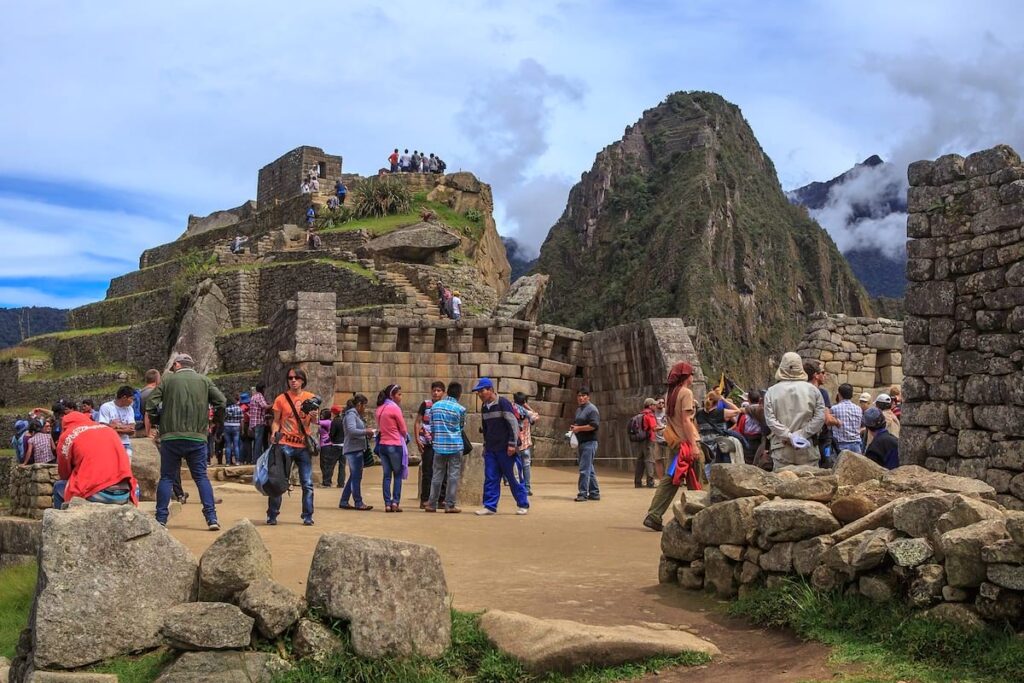Machu Picchu, the iconic Incan citadel nestled high in the Andes Mountains, has long captivated travelers with its breathtaking views and rich history. However, to preserve its cultural and historical significance, Machu Picchu limits daily visitors to protect the site from the adverse effects of mass tourism. This initiative aims to ensure that future generations can experience the wonder of this UNESCO World Heritage Site while maintaining its integrity and beauty.
In this article, we will delve into the reasons behind the visitor limits at Machu Picchu and explore the various measures implemented to safeguard this ancient treasure. You will learn about the environmental challenges posed by high foot traffic and how these restrictions contribute to the conservation of the site’s unique ecosystem. Additionally, we will discuss the impact of these limits on the overall visitor experience and the importance of responsible tourism.
As you continue reading, you will discover practical tips for planning your visit to Machu Picchu within the new guidelines, ensuring that you can enjoy this magnificent site while respecting its preservation efforts. Join us on this journey to understand the delicate balance between tourism and conservation, and find out how you can be a part of protecting Machu Picchu for years to come.
Machu Picchu, one of the most iconic archaeological sites in the world, has implemented daily visitor limits to ensure its preservation for future generations. This decision stems from the increasing concerns regarding the impact of mass tourism on the site’s structural integrity and natural environment.
The Importance of Preservation
Preserving Machu Picchu is crucial not only for its historical significance but also for its ecological balance. The site, which is a UNESCO World Heritage Site, is home to unique flora and fauna that could be threatened by excessive foot traffic. By limiting daily visitors, authorities aim to mitigate the wear and tear on the ancient structures and the surrounding ecosystem.
Moreover, the preservation efforts help maintain the cultural heritage of the Inca civilization. As more tourists visit, the risk of damage increases, making it essential to implement measures that protect this invaluable site. The balance between tourism and conservation is vital for sustaining Machu Picchu’s legacy.
Visitor Limitations and Their Impact
The introduction of visitor limits has led to a significant change in how tourists experience Machu Picchu. With a cap on the number of daily visitors, the site can provide a more intimate and less crowded experience. This change allows visitors to appreciate the beauty and history of Machu Picchu without the distractions of large crowds.
Additionally, the limitations help manage the flow of tourists, reducing congestion at key areas within the site. This not only enhances the visitor experience but also contributes to the overall safety and security of both tourists and the site itself.
Sustainable Tourism Practices
Implementing daily visitor limits is part of a broader strategy to promote sustainable tourism practices at Machu Picchu. Sustainable tourism focuses on minimizing the environmental impact of travel while maximizing the benefits to local communities and economies. By controlling the number of visitors, the site can better manage resources and reduce the ecological footprint.
Furthermore, sustainable tourism encourages visitors to engage with the local culture and environment responsibly. This approach fosters a deeper understanding of the significance of Machu Picchu and the importance of its preservation, ultimately leading to more conscientious travelers.
Economic Considerations
While limiting visitors may seem counterintuitive from an economic standpoint, it can lead to long-term benefits for the region. By ensuring the preservation of Machu Picchu, the site can continue to attract tourists for generations to come. This sustainable approach can help maintain a steady flow of income for local businesses and communities reliant on tourism.
Moreover, the implementation of visitor limits can lead to higher ticket prices, which can be reinvested into conservation efforts. This financial strategy ensures that the site remains well-maintained and that the local economy continues to thrive.
Visitor Experience Enhancements
With the introduction of visitor limits, Machu Picchu has the opportunity to enhance the overall visitor experience. Tour operators can create more personalized tours, allowing for deeper engagement with the site’s history and culture. Smaller groups can facilitate better interactions with guides, leading to a more enriching experience.
Additionally, the reduced number of visitors can lead to improved facilities and services. With fewer people, there is less strain on resources, allowing for better maintenance of pathways, rest areas, and informational signage throughout the site.
Future of Machu Picchu Tourism
The future of tourism at Machu Picchu will likely continue to evolve as conservation efforts and visitor management strategies are refined. Ongoing assessments of the site’s condition and visitor impact will be essential in shaping policies that protect this cultural treasure.
As awareness of sustainable tourism grows, Machu Picchu can serve as a model for other heritage sites facing similar challenges. By prioritizing preservation while accommodating visitors, Machu Picchu can ensure its legacy endures for future generations to explore and appreciate.
Machu Picchu, the iconic Incan citadel located in Peru, has implemented daily visitor limits to protect its historical and cultural integrity. This initiative aims to preserve the site for future generations while enhancing the visitor experience.
| Aspect | Details |
|---|---|
| Visitor Limit | The number of daily visitors is capped at 2,500 to reduce overcrowding. |
| Reason for Limits | To protect the archaeological site from wear and tear caused by excessive foot traffic. |
| Environmental Impact | Limiting visitors helps to minimize environmental degradation and preserve the natural landscape. |
| Visitor Experience | Fewer visitors lead to a more enjoyable and immersive experience for those who do visit. |
| Booking System | Visitors are encouraged to book tickets in advance to secure their entry. |
| Guided Tours | Guided tours are recommended to enhance understanding of the site’s history and significance. |
| Future Plans | Authorities are considering further measures to ensure the sustainability of the site. |

